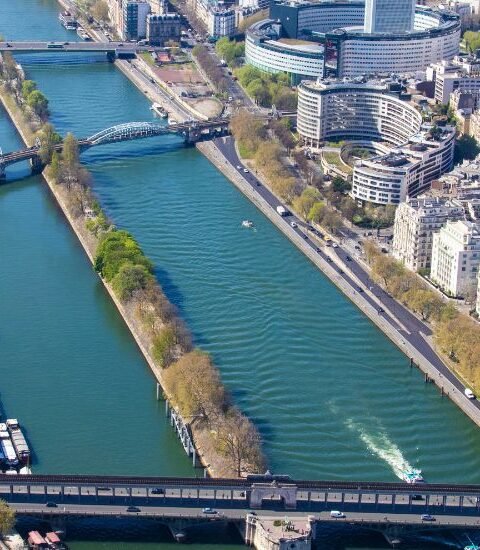My Favorite Museums Across Europe — And Why You’ll Love Them Too

When you’re planning your vacation, odds are fairly good that your itinerary will involve at least one museum–though numbers are still lagging behind pre-pandemic levels, the fact remains that millions of travelers still visit museums worldwide every year. Whether they want to learn more about the cities they’re visiting, to admire classical artworks, or get a crash course on culinary history, there’s a museum everywhere for everyone–which is why.
European museums are especially popular, and there are so many of them in cities like Paris, Amsterdam, and Berlin that it’s easy to visit multiple unique museums during a trip. Many cities and countries even offer free entry to some museums on certain days of a month, or they have a city discount card that includes free museum tours, making it a budget-friendly activity if you luck out with your timing.
If you’d like some museum ideas for your next cultural crawl through the continent, we’ve got a list for you, ranging from some of the most famous museums in Europe to more niche offerings that are definitely worth the visit.
Fine Art Museums in Europe
Explore the artistic treasures of Europe in these renowned museums.
1. The National Gallery, London
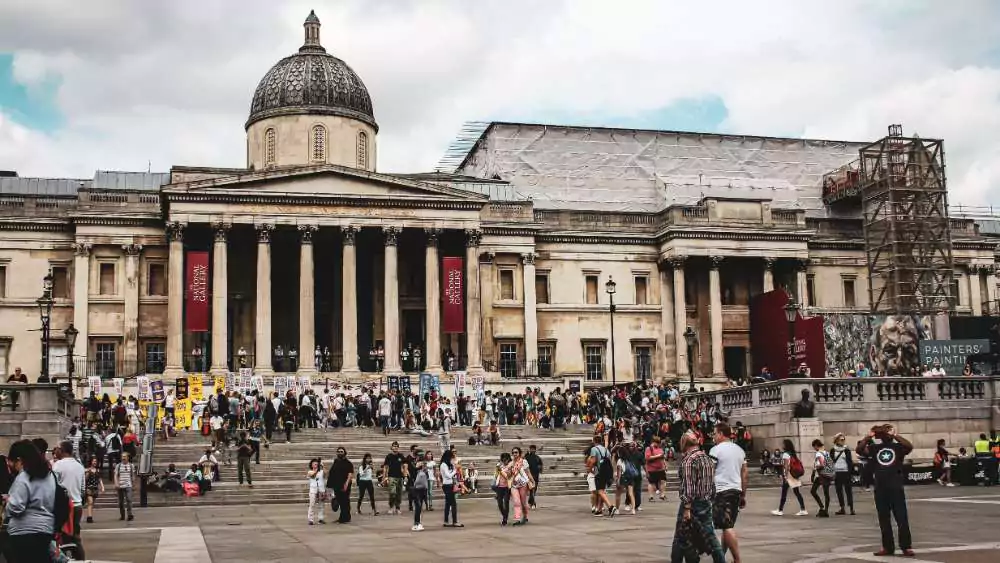
London possesses an abundance of museums of all sizes, but the National Gallery may be the most prestigious and culturally valuable of them all Founded in 1824, the Gallery stood out amongst other museums founded around the same time by having a collection that was not based on paintings that belonged to royal houses. Instead, the founders chose to purchase works from across the European continent in order to create a comprehensive gallery that would help educate and inform future British painters.
The small but impressive collection includes works from artists such as Hieronymous Bosch, Artemisia Gentileschi, Johannes Vermeer and Francisco Goya, just to name a few. Housed in a beautiful purpose-designed structure on Trafalgar Square, the Gallery charges no general entry fee, standing freely available as a valuable resource for artistic education and history.
Hours: 10 AM – 6 PM Saturday-Thursday, 10 AM to 9 PM Fridays.
Entry Fee: There is no general entry fee, but some special exhibitions may have one.
2. Museo del Prado, Madrid
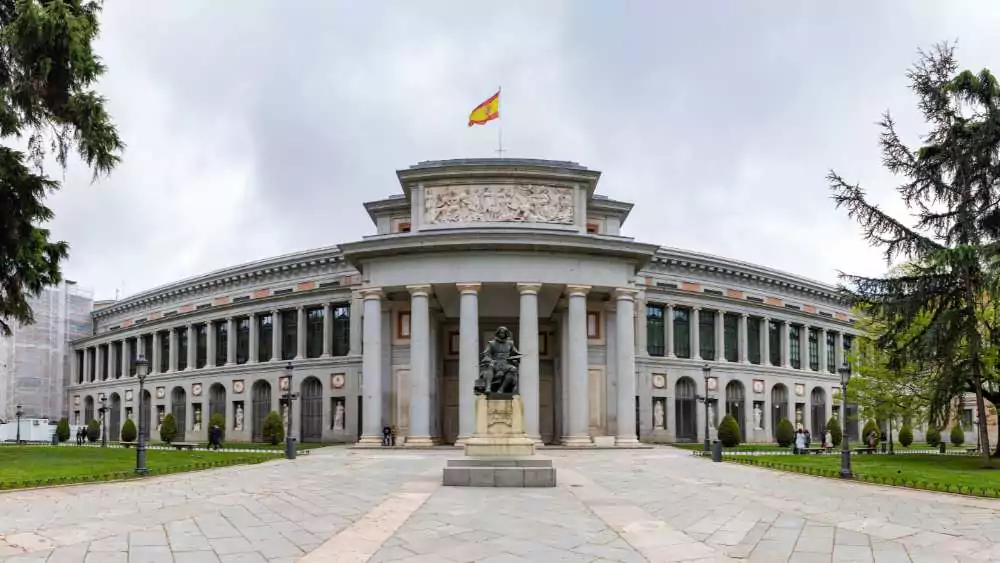
Spain’s national art museum, the Museo del Prado, was originally built as a way for Spain to prove that their artistic contribution across Europe was just as valuable as that of any other country. While a large Spanish presence is still central to the museum, it now also houses a number of works from other significant European artists, representing countries such as Belgium, Italy, and France.
Paintings and sculpture form the primary focus of the Prado’s collection, but the museum also displays a diverse and culturally important collection of drawings, prints, and photographs spanning the 19th and 20th centuries.
There’s also a fantastic educational sector to the museum, featuring oral histories and archival content about the museum’s history and its collection.
Hours: 10 AM – 8 PM Monday to Saturday, 10 AM to 7 PM on Sundays.
Entry Fee: €15
Also Read: Most Beautiful Cities to Visit in Italy
Archaeological Artifacts in Europe
These special museums keep important history alive.
3. Acropolis Museum Athens
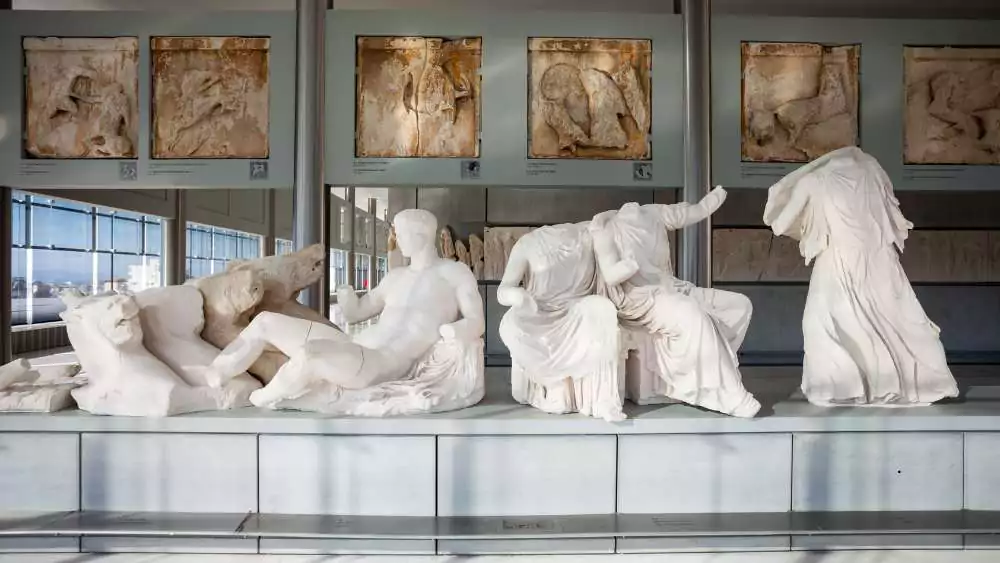
As indicated by the name, Athens’ Acropolis Museum has one focus: the archaeological history of the Acropolis. But given that the origins of the Acropolis complex as we know it today stretch back to the 5th century, it is a genuinely epic museum spanning thousands of years of history, and may well be considered to be one of the most important historical repositories in the world.
Multiple civilizations contributed to the building of the Acropolis complex over centuries, resulting in a wealth of architectural, artistic, and societal knowledge that is now available to peruse in the museum.
Hours: Can vary by season, so check the Plan Your Visit page.
Entry Fee: €20
4. The Louvre
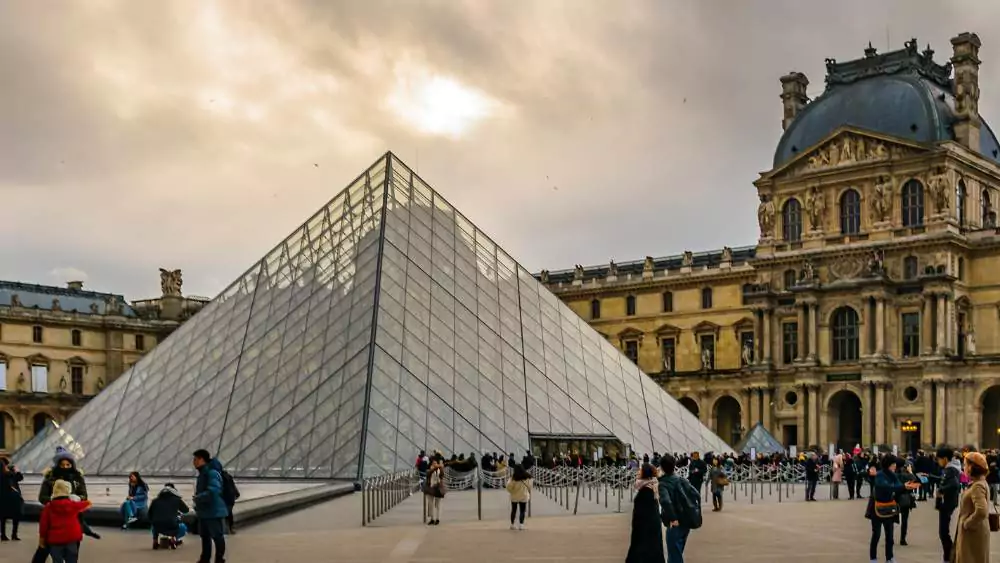
The Louvre in Paris is known as potentially one of the best art museums in Europe… possibly even the world. It’s certainly the most visited, with approximately nine million visitors passing into the great glass Pyramid entrance annually. But while most of the world associates the Louvre with fine art, it also holds the distinction of being one of the great archaeological museums of Europe.
Here visitors can admire displays of antiquities from multiple cultures–Egyptian, Roman, Etruscan, Persian, and more. There’s even a section of the Louvre dedicated to its own archaeological findings, including remains of the original medieval Louvre fortress.
It’s estimated you’d need 100 days to go through the entirety of the Louvre, but be sure to book off at least one day for exploring the archaeological levels.
Hours: 9 AM – 6 PM Monday, Thursday, Saturday and Sunday. 9 AM – 9 PM Wednesday and Friday. Closed on Tuesdays.
Entry Fee: €22
Unusual Museums to See in Europe
Get a bit weird in these odd little niche museums.
5. Museum of Art Fakes, Vienna
In a world captivated by art heist films and television shows, Vienna’s unique Fälschermuseum dives into exploring the actual artistic skill behind the crime of forgery.
Displaying expert fakes next to images of renowned originals, the Fälschermuseum invites visitors to test how discerning their eyes are–would you be fooled by these elaborate forgeries like many experts have been? Or might you uncover a hidden talent for spotting idiosyncrasies?
The museum aims to celebrate the talent behind forgeries and to educate the world on the differences between fakes, copies, forgeries and more. From fine art to literature to currency, there’s a broad range of trickery on display in this tiny museum’s space.
Hours: 10 AM to 4 PM Tuesday to Friday, 10 AM to 5 PM Saturday and Sunday. Closed Mondays.
Entry Fee: €8.50
6. The Icelandic Phallological Museum, Reykjavik
As unusual museums go, the Icelandic Phallological Museum may be the crown jewel of them all. In 1974, school headmaster Sigurður Hjartarson was gifted a bull pizzle by his teaching staff.
The amusing gift turned out to be the catalyst for a long running joke, and his collection of phalluses grew until, in 1997, he had enough of them to open the original Phallological Museum.
Though many might consider the museum’s focus to be a bit risqué and humorous, it is genuinely educational and interesting, with the occasional whimsical lean into its titillating reputation–phallic waffles in the café, anyone?
Hours: 10 AM to 7 PM, every day.
Entry Fee: 3300 ISK, or about €23
Food and Beverages Museums to Visit in Europe
These museums give you a little taste of the world.
7. Gingerbread Museum, Toruń
Nothing says Christmas like gingerbread, and the city of Toruń, Poland is home to the world’s oldest gingerbread factory building. No longer producing the world’s favorite spicy treat, the former Weese family factory now houses Europe’s largest gingerbread museum.
Visits here are fun, educational, and truly delicious; not only do guests learn about the history of gingerbread in the interactive exhibit and get to see antique molds used in the baking process, there’s even an workshop option for making your own gingerbread cake.
Hours: Can vary by season, so be sure to check their site.
Entry Fee: 31.00 Polish PLN, or about €8
8. Parmigiano Reggiano Museum, Soragna

No pasta dish is complete without a delectable sprinkling of flavorful hard cheese, and parmigiano reggiano is the undisputed king of them all.
People who love their cheesy pasta will enjoy stopping by Italy’s Parmigiano Reggiano museum in the charming town of Soragna, housed in a 19th century cheese factory.
In this beautiful setting, guests can learn all about the history and process of making this special heritage cheese, see the tools and machines used, and even enjoy a sample at the end of the tour.
Hours: 10:00 AM – 1:00 PM, 3:00 PM to 6:00 PM Saturday and Sunday. Weekdays by appointment. The museum is closed from December to February.
Entry Fee: €5 for entry, and an extra €1 to add a small cheese sampling.
Museums in Europe to Go with Kids
There’s fun for the whole family at these museums that are primarily aimed at children.
9. Moomin Museum, Tampere
Beloved worldwide, the Moomintrolls are the brainchild of the late Finnish artist Tove Jansson. Jansson’s iconic art is on display at this museum in Tampere, Finland that guides users through all of the Moomin books.
Jansson and her partner Tuulikki Pietilä contributed a treasure trove of Moomin memorabilia and ephemera to the museum, from tools and reference materials to original sketches by Jansson and specially crafted dioramas made by Pietilä.
The museum even has a studio on site where visitors can make their own Moomin art pieces, as well as a gift shop–make sure you follow our tips on shopping while traveling in Europe so you can bring home as many Moomintrolls and books as your heart desires.
Also read: What to Buy in Paris
Hours: 10 AM to 6 PM Tuesday to Friday, 10 AM to 5 PM Saturday and Sunday. Closed Mondays.
Entry Fee: €14.50
10. Labyrinth Children’s Museum

One of the best, most educational children’s museums in Europe may be Berlin’s Labyrinth Children’s Museum.
Housed in a historic industrial building, this museum truly aims to engage children ages 3-11 with education by letting them get really hands-on with exhibits: touching is not only not forbidden, it’s fully encouraged! Exhibition themes change often, keeping things fresh for curious kids.
Parents, too, are asked to engage and learn alongside their offspring, making it a fun educational experience for everyone. And when you’ve explored as much as you like, consider joining one of the museum’s creative workshops, which are just as hands-on and informational as the exhibits themselves.
Hours: 1 PM to 6 PM on Fridays, 11 AM to 6 PM on Saturdays, Sundays, and public holidays.
Entry Fee: €7
European Museums: Varied, Vital, and Vibrant Vacation Options
No matter your special interest, there’s a museum waiting for you to find it and fall in love. They’re not just for sitting and contemplating centuries-old portraits! Whether you go for a classically art-centered museum experience or you’re ready to experience something a little weird, you won’t regret including any of these museums in your next European vacation.










